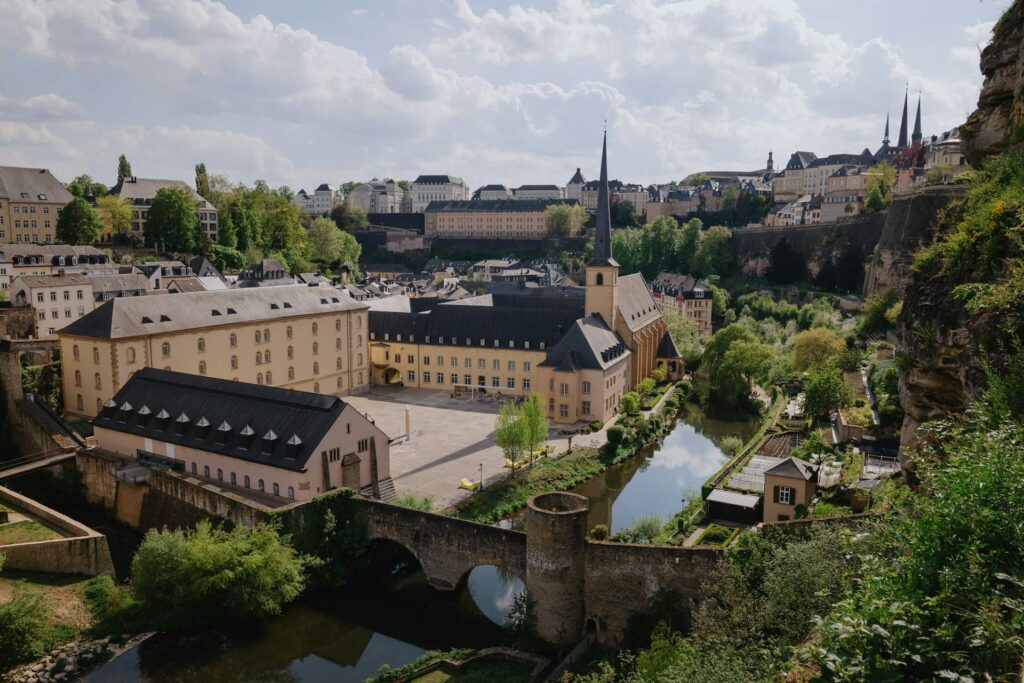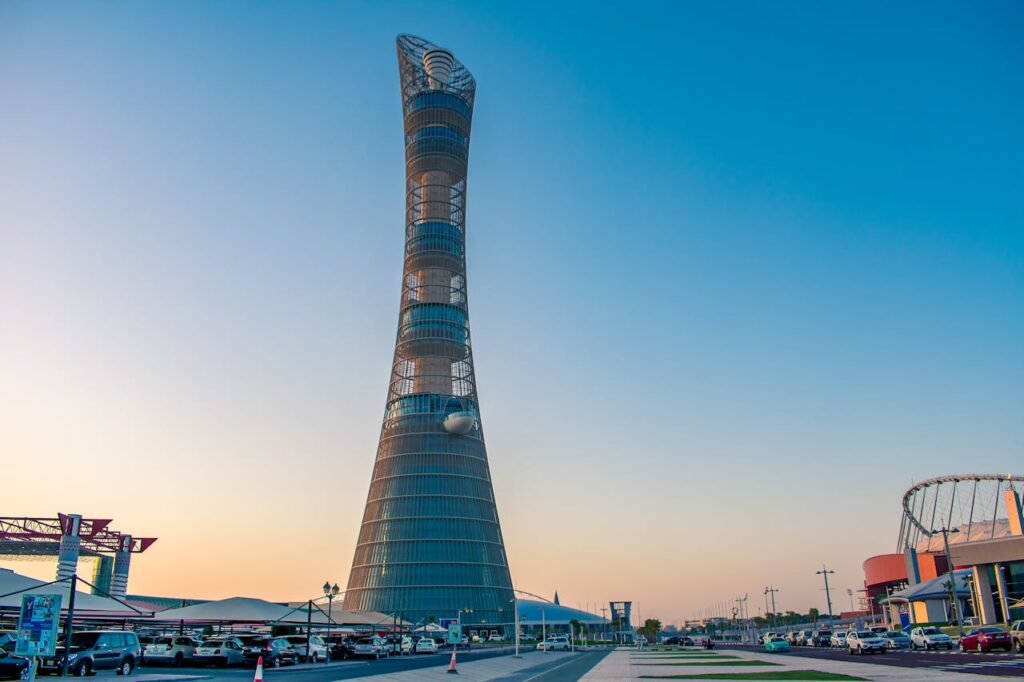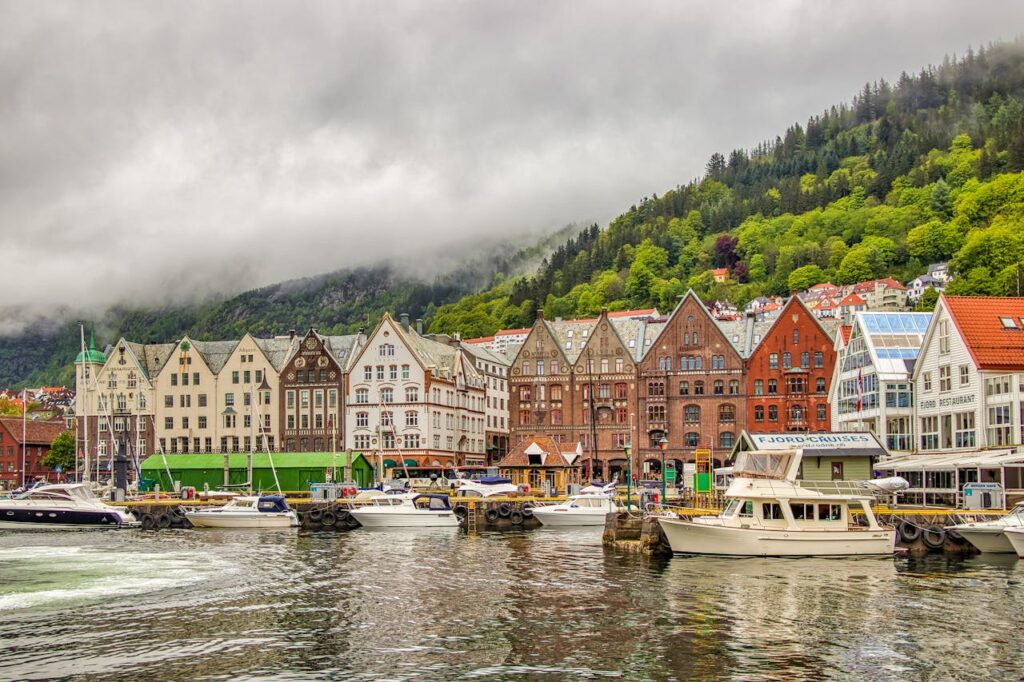Table of Contents
Richest Countries In The World, When evaluating a country’s wealth, GDP per capita based on Purchasing Power Parity (PPP) offers a more realistic picture. It not only reflects economic output but also adjusts for differences in the cost of living. Interestingly, many of the world’s richest countries in 2025 are small in size but big in economic power.
Some nations—like Luxembourg and Qatar—have built impressive wealth through strategic use of their natural resources or strong financial sectors. Others, such as Singapore and Ireland, have become global hubs for finance, trade, and innovation. These countries showcase how focused development, policy planning, and smart economic strategies can lead to impressive GDP per capita figures.
Even global giants like the United States continue to rank high, thanks to advanced industries, strong technology sectors, and a highly skilled workforce. Meanwhile, emerging economies like Guyana are proof of how game-changing natural resource discoveries can rapidly elevate a nation’s global standing.
According to the latest 2025 data from the International Monetary Fund (IMF), the following countries top the charts in GDP per capita (PPP):
- Luxembourg: $154,910
- Singapore: $153,610
- Ireland: $131,550
Each of these countries has followed a unique path to prosperity—whether it’s through oil, finance, trade, or tech-driven growth. In the upcoming sections, we’ll dive into what makes these nations economically powerful, highlighting the smart policies and strategic advantages that helped them climb to the top in 2025.
The 10 Richest Countries In The World
1. Luxembourg – $154,914 GDP/Capita (PPP)

Luxembourg holds the crown for the highest GDP per capita (PPP) in 2025, standing at $154,910. Once a quiet steel-producing nation, it has evolved into a global finance powerhouse. Political stability, a skilled multilingual workforce, and business-friendly laws helped shape its reputation in international banking and investment. Although it faced scrutiny for banking secrecy in the past, reforms have improved transparency and built global trust.
Beyond finance, Luxembourg is making strides in space innovation, becoming a leader in legal frameworks for space mining. The country also boasts a strong telecom sector and hosts major satellite companies. Tourism plays a vital role in the economy, while agriculture remains productive with EU support. This small nation proves that smart policies and strategic planning can lead to exceptional national wealth.
2. Singapore – $153,608 GDP/Capita (PPP)

Singapore has evolved into a high-income economy known for its business-friendly environment, excellent public infrastructure, and robust investments in education, healthcare, and services. Since gaining independence in 1965, it has transformed from a struggling port city into one of the world’s most economically competitive nations, with GDP growth averaging around 7% annually for decades.
While its early growth was driven by industrialization and manufacturing, Singapore now thrives on construction, digital services, and sustainability. The Singapore Green Plan 2030 targets net-zero emissions by 2050, supporting long-term resilience. Government programs like SkillsFuture reflect the country’s commitment to human capital development, making its workforce among the most adaptable and future-ready globally.
3. Ireland – $131,548 GDP/Capita (PPP)

The term “Celtic Tiger” defines Ireland’s economic boom from 1995 to 2007, when the country’s GDP grew at an average rate of 9.4% annually, transforming it from one of Europe’s poorest nations to one of its wealthiest. Key factors driving this growth included low corporate taxes, foreign investment, and access to the European Union market, alongside strong economic ties to the U.S..
During this period, Ireland attracted massive investments from global U.S. corporations, boosting its technology, pharmaceuticals, and financial services sectors. The country’s highly skilled, English-speaking workforce and strategic investments in education further strengthened its economic resilience. This transformative era also saw significant infrastructure and housing development, fueled by EU funds and global economic integration.
4. Qatar – $118,761 GDP/Capita (PPP)

Qatar’s economy is powered by vast petroleum and natural gas reserves, contributing over 70% of government revenue and 85% of exports. As the world’s third-largest natural gas exporter, Qatar has focused on diversifying its economy through the Qatar National Vision 2030, promoting a knowledge-based economy and private sector growth.
The country has invested heavily in infrastructure and education, aiming to reduce dependence on oil and gas. Despite regional challenges, Qatar maintains strong trade ties with major Asian markets, supporting its economic stability.
5. Norway – $106,540 GDP/Capita (PPP)

Norway’s economy, projected at $506.47 billion in GDP for 2025, thrives on its petroleum and natural gas reserves, contributing over 70% of government revenue. The economy is well-diversified across agriculture, industry, and services, with a high GDP per capita and low unemployment.
Oil revenues support a strong welfare system, while the government actively manages resources through sovereign wealth funds, ensuring sustainable growth. Despite global challenges, Norway’s economy maintains steady growth, driven by energy, industry, and competitive market strategies.
6. Switzerland – $98,144 GDP/Capita (PPP)

Switzerland is known for its high standard of living and concentration of wealth, hosting 800,000 millionaires despite a small population. Its banking sector, coupled with a strong foundation in innovation and industrialization, has driven long-term prosperity.
The country’s political stability and neutrality make it an attractive destination for investment, while industries like pharmaceuticals, machinery, and chemicals support its economy. Favorable inheritance laws and tax policies have also helped Swiss families preserve wealth.
7. Brunei – $95,038 GDP/Capita (PPP)

Brunei’s economy is driven by its petroleum and natural gas sectors, contributing significantly to its GDP. In 2025, Brunei’s GDP is estimated at $16.68 billion nominally, with a high GDP per capita, ranking 32nd globally. The nation benefits from stable growth projections and minimal debt, with no external debt and just 2.3% government debt.
The country is the third-largest oil producer in Southeast Asia and a major exporter of liquefied natural gas, mainly to Japan and Korea. Despite its wealth, Brunei seeks to diversify its economy, with investments in agriculture, aquaculture, and petrochemicals like the SPARK petrochemical hub. However, fluctuations in oil prices continue to pose challenges.
8. Guyana – $91,383 GDP/Capita (PPP)
Since the discovery of significant offshore oil reserves in 2015, Guyana’s GDP per capita reached $91,380 by 2025, with an average growth rate of 4.2%. The oil industry catalyzed a 19.9% GDP growth in 2021, making Guyana one of the fastest-growing economies globally.
The government has reduced its role in the economy, encouraging foreign investment and privatizing state-owned sectors like timber, rice, and fishing. Tax reforms and improved laws for mining and oil exploration have bolstered the country’s economic stability.
Despite growth, heavy indebtedness remains a challenge, though international agreements like HIPC have helped reduce it. Guyana’s economy remains reliant on agriculture and mining, with oil production set to redefine its future economic trajectory, reaching 645,000 barrels per day by 2024.
9. United States – $89,677 GDP/Capita (PPP)

In 2025, the United States maintains its position as the world’s largest economy with a nominal GDP of $30.337 trillion and a GDP per capita of $89,670, ranking 7th and 9th globally. The service sector drives the economy, contributing 80.2% of GDP, while industry and agriculture also play key roles.
The U.S. has a stable inflation rate of 2.9% and continues to reduce income inequality, as seen in a decreasing population below the poverty line. Major industries include high technology, petroleum, motor vehicles, and aerospace, with New York City serving as the global hub for financial technology and venture capital.
10. Denmark – $85,788 GDP/Capita (PPP)

Denmark’s economy relies heavily on the service sector, which makes up 80% of employment, with manufacturing at 11%. The country’s GDP for 2025 is projected at $431.23 billion nominally and $514.05 billion PPP, with a robust GDP per capita of $71,978 nominally. The Nordic model features high taxes and comprehensive government services, supporting a strong social security system that accounts for 26.2% of GDP.
With a stable economy, low unemployment, and high labor force participation, Denmark continues to focus on active labor market policies to reduce youth unemployment. Key exports, including wind turbines and pharmaceuticals, reflect Denmark’s emphasis on high-tech industries and renewable energy, especially wind power. The country’s fiscal policies are aimed at long-term sustainability, addressing future economic challenges.
Final Thoughts
The world’s richest countries in 2025 reveal that wealth isn’t just about high GDP figures—it’s about how nations use their resources, innovation, and governance to improve the lives of their people. From Luxembourg’s financial power to Qatar’s energy wealth and Singapore’s smart planning, each country showcases a unique path to prosperity.
As global economies continue to evolve, sustainable development, inclusive growth, and long-term planning are becoming just as important as raw economic output. The future of wealth will depend not only on numbers but also on how well countries adapt, diversify, and ensure a high quality of life for their citizens.
FAQs
1. What determines a country’s ranking as the richest in the world?
A country’s wealth is often measured by GDP per capita (PPP), which reflects the average income per person, adjusted for the cost of living. This gives a clearer view of individual prosperity compared to total GDP.
2. Why are some small countries ranked among the richest?
Smaller nations like Luxembourg and Singapore often specialize in high-value industries such as finance, tech, or oil exports. Their efficient economies and smaller populations lead to higher per capita earnings.
3. Is GDP per capita (PPP) the best measure of a country’s wealth?
Yes, GDP per capita (PPP) is considered more accurate for global comparisons because it accounts for differences in the cost of living and inflation rates between countries.
4. How do natural resources impact a country’s wealth?
Countries like Qatar, Norway, and Brunei have leveraged natural resources like oil and gas to build strong economies, though many are now diversifying to ensure long-term economic stability.
5. Can a country remain rich without natural resources?
Absolutely. Nations like Switzerland and Ireland have grown wealthy through innovation, finance, and global trade, proving that smart policies and education can be just as powerful as natural resources.

